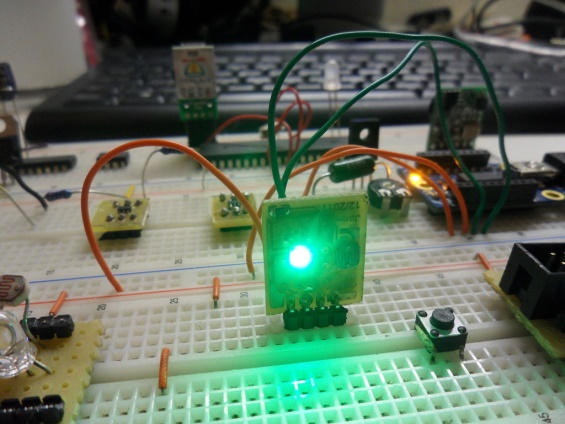MikroElektronika’s new Thunder Click board

MikroElektronika introduces Thunder Click board which has AS3935 lightning sensor as well as MA5532 coil antenna. It is capable of detecting potentially hazardous lightning activity in the vicinity and provides estimated distance to the center of the storm. Thunder click communicates with a host microcontroller via SPI lines, and is designed to work with both 3.3V or 5V power supply. Key features Lightning Detector warns of lightning storm activity within a 40 km radius. Distance to the head of the storm down to 1 km. Detects both cloud-to-ground and intra-cloud (cloud-to-cloud) flashes. SPI communication interface.
Read more


